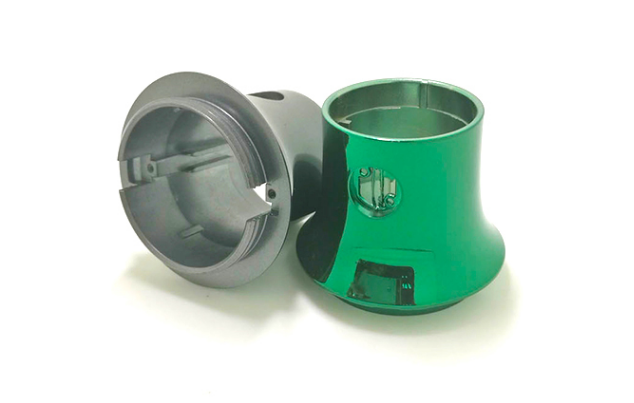How To Prevent Subcutaneous Pores Of Die Castings?
The occurrence of subcutaneous pores in castings is a comprehensive reaction of improper operation of various links and processes in the die casting process. Once it occurs, the die casting company will have a lot of losses. The causes are complex and there are many influencing factors, which involve everyone and process of the die-casting company, which should be highly valued by the die-casting company. In this guide, we discuss how to prevent subcutaneous pores of die casting.

How To Prevent Subcutaneous Pores Of Die Castings?
Raw Materials
1. Raw materials containing titanium (TI) and aluminum (AI), high alloy steel and stainless steel are prohibited.
2. Raw materials with serious corrosion and oxidation and much oil, coal slime and waste sand shall be used after cleaning.
3. Raw materials with moisture and water shall be used after drying.
4. Thin sheet iron (pipe fittings) less than 3mm shall not be used.
5. The length of raw materials shall be controlled at about 300-400mm.
Molten Iron Smelting
1. When loading raw materials into the furnace, be sure to compact and reduce the space as much as possible to reduce the suction and oxidation of molten iron.
2. During the melting process of each furnace of molten iron, the slag shall be thoroughly cleaned at least 2-3 times, and the slag shall be timely covered with slag accumulating and thermal insulation materials to cover the molten iron, so as to prevent the molten iron from contacting with the air for a long time, inhalation and oxidation.
3. The waiting time for molten iron at high temperature shall not exceed 10-15 minutes. Otherwise, the quality of molten iron will deteriorate seriously and become “dead water”.
4. The tapping temperature shall not be lower than 1540 ± 10 ℃. After tapping, slag shall be removed in time and covered with slag accumulating insulation agent to prevent cooling and oxidation of molten iron.
5. Do not use carburizing agents that do not meet the standards.
Inoculant
1. Before use, it shall be baked at 300-400 ℃ to remove the adsorbed water and crystal water.
2. The particle size of inoculant is 5-10mm.
3. Aluminum content of inoculant < 1%.
Pouring Aspect
1. Large and small bags must be dried thoroughly. Wet bags are not allowed to be used. Hot iron bags are strictly prohibited to replace drying.
2. Increase pouring temperature and fast pouring at high temperature. Pouring principle: slow fast slow. Practice has proved that increasing pouring temperature by 30-50 ℃ can greatly reduce the incidence of pores. During pouring, the molten iron should always fill the sprue and flow continuously in the middle, so as to quickly establish the static pressure of molten iron and resist the invasion of interface gas.
3. It is forbidden to use small ladle hot metal when its temperature is lower than 1350 ℃, and it should be used after returning to the furnace to raise the temperature.
4. Strengthen slag blocking and shielding, and timely remove the oxide scale to prevent it from being brought into the mold cavity..
Sand Mixing
1. The moisture content of molding sand shall be strictly controlled to be no more than 3.5%
2. The air permeability of molding sand is controlled at 130-180, the wet compressive strength is 120-140kpa, the compaction rate is 35-38%, and the surface hardness of molding sand is > 90
3. Select high-quality bentonite and pulverized coal.
4. Prepare new sand as required.
5. After sand mixing every day, the excess molding sand shall be recycled, and the sand mixer shall be thoroughly cleaned and cleaned.
Mold And Modeling
1. The parting surface of the die shall be provided with exhaust hole slot or exhaust duct and dark gas chamber to reduce the gas pressure.
2. A dark gas chamber is added on the die to reduce the gas pressure.
3. Spray ice crystal powder on the transverse runner or sand core (the amount shall be determined after the test).
Core Making
1. The water content of silica sand shall be less than 0.2%, and the mud content shall be less than 0.3%.
2. Core making process: Before sand mixing, the silica sand needs to be heated to 25-35℃, first add component 1 to the sand and mix for 1-2 minutes, then add component 2 and continue mixing for 1-2 minutes. The addition amount of the two components is 0.75% of the mass fraction of sand.
3. Due to the high sensitivity of polyisocyanate to water, the storage time of the prepared sand core shall not exceed 24 hours.
4. If the concentration and residue of triethylamine are too high, it is easy to produce subcutaneous pores in castings.

